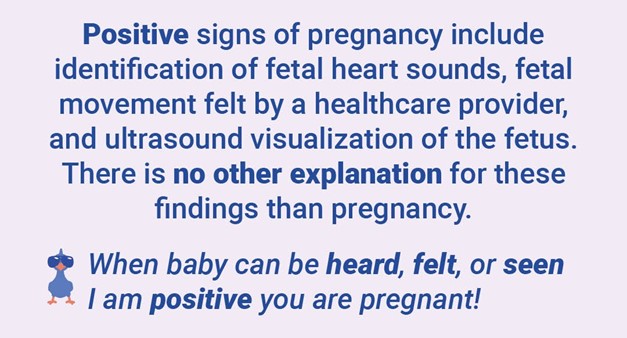What is the nurse’s first action when planning to teach the parents of an infant with a congenital heart defect (CHD)?
Assess the parents’ anxiety level and readiness to learn.
Gather literature for the parents.
Secure a quiet place for teaching
Discuss the plan with the nursing team
The Correct Answer is A
Assess the parents’ anxiety level and readiness to learn. This is because the nurse needs to evaluate the parent’s emotional state and their ability to comprehend and retain information before providing any teaching.
The nurse should also consider the parent's learning style, cultural background, and literacy level.
Choice B is wrong because gathering literature for the parents is not the first action. The nurse should first assess the parents’ needs and preferences and then select appropriate materials that match their level of understanding and language.
Choice C is wrong because securing a quiet place for teaching is not the first action. The nurse should first assess the parents’ readiness to learn and then choose a suitable environment that minimizes distractions and promotes comfort.
Choice D is wrong because discussing the plan with the nursing team is not the first action. The nurse should first assess the parents’ anxiety level and readiness to learn and then collaborate with other health care professionals to provide consistent and accurate information.
Nursing Test Bank
Naxlex Comprehensive Predictor Exams
Related Questions
Correct Answer is A
Explanation
choice A.
Infant of an Rh-negative mother and a father who is Rh-positive and homozygous for the Rh factor.
Rh incompatibility occurs when a woman is Rh-negative and her baby is Rh-positive. This can cause hemolytic disease of the neonate (HDN), a condition where the mother’s antibodies destroy the baby’s red blood cells.
Choice B is wrong because if both the mother and the baby are Rh-negative, there is no risk of Rh incompatibility.
Choice C is wrong because if the father is heterozygous for the Rh factor, there is a 50% chance that the baby will be Rh-negative and not affected by Rh incompatibility.
Choice D is wrong because if both the mother and the baby are Rh-positive, there is no risk of Rh incompatibility.
Correct Answer is ["A","B","C","D"]
Explanation

These are all positive signs of pregnancy, which are definitive and can only be explained by the presence of a fetus.A positive sign of pregnancy is fetal movement palpated by the nurse-midwife.
Choice E is wrong because a positive hCG test is a probable sign of pregnancy, not a positive one.A probable sign of pregnancy is strongly suggestive of pregnancy but could have other causes.A positive hCG test could be caused by medications, tumors, or other conditions that affect the level of hCG in the blood or urine.
Some other probable signs of pregnancy are uterine enlargement, Hegar’s sign (softening of the lower uterine segment), Goodell’s sign (softening of the cervix), Chadwick’s sign (bluish discoloration of the cervix), ballottement (rebound of the fetus when tapped by the examiner’s finger), Braxton Hicks contractions (painless, irregular uterine contractions), and positive pregnancy test.
Some other positive signs of pregnancy are identification of fetal heartbeat, visualization of the fetus by ultrasound or x-ray, and verification of fetal movement by an experienced clinician.
Whether you are a student looking to ace your exams or a practicing nurse seeking to enhance your expertise , our nursing education contents will empower you with the confidence and competence to make a difference in the lives of patients and become a respected leader in the healthcare field.
Visit Naxlex, invest in your future and unlock endless possibilities with our unparalleled nursing education contents today
Report Wrong Answer on the Current Question
Do you disagree with the answer? If yes, what is your expected answer? Explain.
Kindly be descriptive with the issue you are facing.
